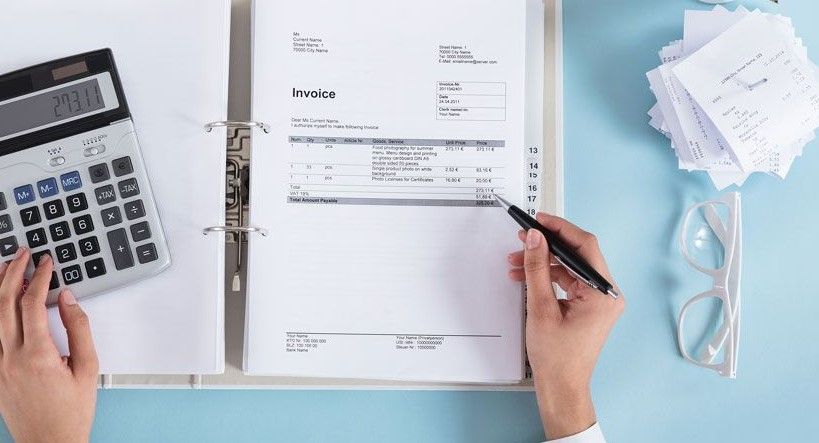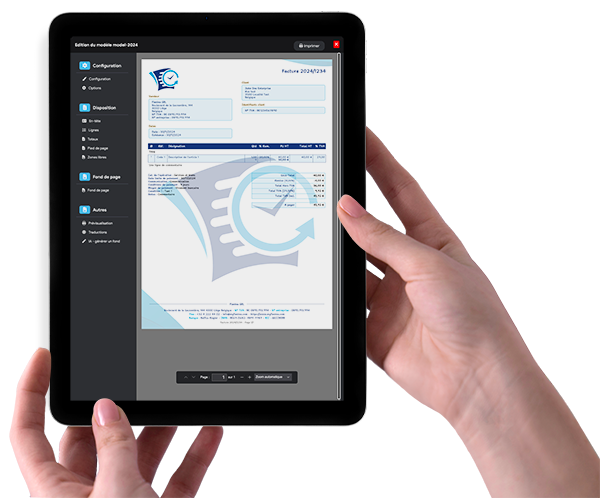How to number your invoices?
As entrepreneurs, you probably already know that your quotes and invoices must follow chronologically! But for those just starting their wonderful entrepreneurial adventure, you may not yet know how to correctly number an invoice.
Discover right now the different rules and methods for numbering an invoice properly, following the Commercial Code and General Tax Code.
Why regulate invoice numbering?
Numbering an invoice is not just a way to keep clear accounting, it also allows the tax administration to effectively control your activity. Indeed, numbering invoices necessarily implies:
- Numbering done through a sequence of coding, numbered and continuous, without unexplained breaks (invoice F00037 in your binder must necessarily be followed by invoice F00038);
- Chronology follows the invoice creation date, not the customer payment date;
- Each invoice must have its own number.
These rules imposed when you number an invoice prevent you from:
- creating two invoices with the same number and thus being able to hide income in your accounting books;
- adding a post-dated invoice and sowing chaos in your accounting.
Numbering an invoice properly
Using time-based numbering
A temporal prefix to number an invoice is the simplest solution to avoid errors. You can choose one of these methods:
- YEAR - invoice number: let's take the example of the 32nd invoice made in August 2019 and the 45th in October 2019, we could respectively note them as F2019-0032 and F2019-0045. This method is particularly suitable for activities generating few invoices;
- YEAR - MONTH - invoice number: let's take the example of the 10th invoice of 2019 made in June and the 45th invoice of 2019 made in September, we could respectively note them as F2019-06-0010 and F2019-09-0045. Ideal method for those who have more invoices or who want to find a customer or supplier invoice more quickly.
To number an invoice temporally, it is preferable, but not mandatory, not to reset to 0 on the invoice number at the beginning of each new month. Resetting can be done at the beginning of each new year. Be careful, however, it is forbidden to use a monthly prefix without an annual prefix.
Tip: If you're starting out and don't want to show it to your customers, it's possible to start numbering invoices from 10 or even 100.
Using another invoice numbering method
Some companies cannot number their invoices using only a temporal sequence for several reasons:
- a clientele divided into different categories, each involving different billing and thus requiring a different invoice issuing system. Using a single temporal series would be unmanageable, and it's better to establish distinct series for each type of client;
- multiple billing sites, thus requiring continuous sequential numbering, but by geographic site.
Thus, to number their invoices, these companies will need to agree on a coded prefix corresponding to each billing site and/or each category of customers, in order to still establish billing that follows a continuous and correctly classified chronology.
Be careful, this method must be effectively prepared upstream of its implementation, to avoid highly detrimental errors:
- two invoices ending up with the same number;
- an accounting gap occurring in a normally chronological sequence specific to each series of invoices.
Let's remember that it's risky to proceed with simple automatic invoice numbering on Excel, especially if your activity generates quite a few invoices.
To your keyboards: proper invoice numbering is very important and cannot be taken lightly by the company. And you, have you had difficulties numbering your invoices? Feel free to share your experiences and impressions in the comments. Don't forget to come test our invoicing software for free online for 15 days. Do you have questions, need tips or want a free demonstration of our software? You can contact us at any time. We will respond as soon as possible.




